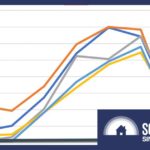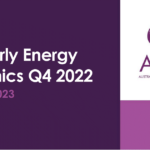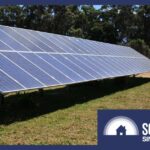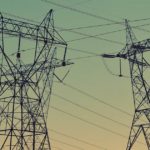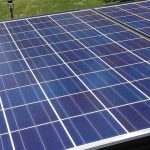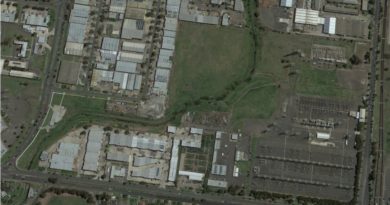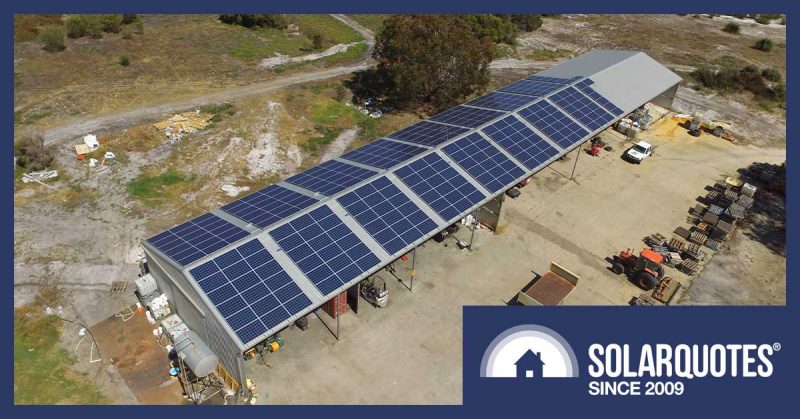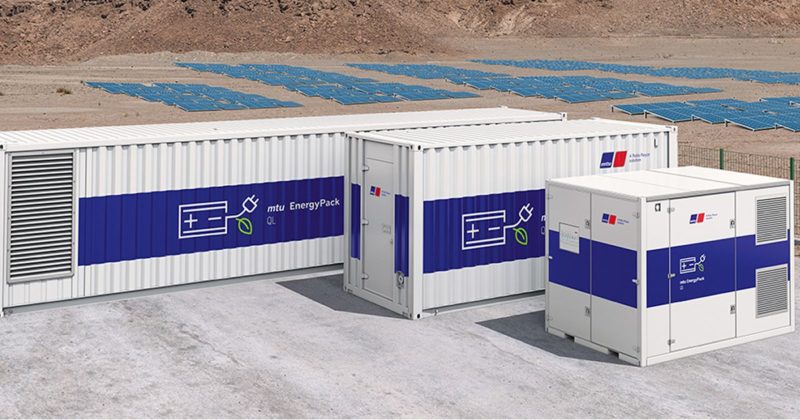Three Days Of Non-Insane Prices Spark Hope Wholesale Electricity Crisis Is Easing


For four months now, electricity prices in the eastern states have been crazy high. But they’ve cooled down in the last three days to the point where they’re now just high.
This does not mean the National Electricity Market’s wholesale electricity price crisis is over. Nevertheless, this bodes well. It’s not just important, it’s bloody critical if we want to prevent further spikes in electricity prices that could be even more severe than the ones many Australians have just experienced.
We will have to wait and see if these more reasonable wholesale spot prices are just a blip. But fingers crossed this is the start of a trend and not just an aberration.

An aberration isn’t necessarily a bad thing. Just look at the friendly grin on this one’s face. (Image: D&D Monster Manual 5th ed.)
In July, the average wholesale market price in the eastern states averaged 37 cents per kilowatt-hour1. More than three times higher than the average for July last year. But over the last three days, the average wholesale electricity market price has been:
- Saturday the 30th of July: 16 cents per kWh
- Sunday the 31st of July: 14 cents per kWh
- Monday the 1st of August: 13 cents per kWh
Fingers crossed this downward trend continues. Things look good today so far, so we’re in the running for a 4th day of reasonable prices.
There are three main reasons why average wholesale electricity market prices over the past three days were merely high and not insanely high:
- While it wasn’t unusually warm by 21st-century standards, temperatures were generally pleasant for this time of year.
- Gas prices were lower.
- Renewable energy generation was high.
I will mention lower gas prices below, but in this article, I’ll mainly focus on how renewable energy has helped prevent wholesale electricity prices from becoming even worse. Also, I’ll mention what our newly minted Prime Minister said about renewables and electricity prices on Monday.
As for the weather, I’ll leave that up to god2. But climate? That’s all on us.
Australian Politics
I generally don’t pay much attention to politics. I instead try to focus on what’s important to me. These are, In order:
- My children.
- The condition of my lawn.
- Whether or not my children can be made to eat grass if the Council take my sheep away.
I don’t need to pay much attention to politics because when elections roll around, I just vote for whoever is least likely to get us killed. It’s generally not a difficult decision. My dream is one day I’ll have to think hard about who to vote for because none of the major parties will be morons when it comes to assessing risk.
The current mob in Canberra are a big improvement over the last lot when emission targets are compared, but I don’t see a lot of change in other areas. Where’s the requirement to wear masks in public indoor locations3? Currently, Australians are dying of COVID at more than twice the average rate Australian soldiers died during WW1.
But one thing our Prime Minister has gotten right, and repeated on Monday, is that renewables lower the cost of electricity. This is true and mostly because renewables have zero fuel cost. This doesn’t mean renewable energy is free. It costs money to make and install solar panels and build wind turbines. But once construction and commissioning of new wind and solar power capacity is completed, only low-cost maintenance is required to keep it operating.
Gas Prices Are Down
Renewable generation was above average over the past few days, while wholesale gas prices have been well below their recent averages. These two things are related. Higher renewable generation decreases gas demand, which lowers its price. But this only has a limited effect in eastern Australia because any gas that isn’t consumed can be exported for a currently sky-high price.
For the past few months, wholesale gas prices have been around $40 per gigajoule. But at 7:00 pm on Monday, August 1st, they were:
- Adelaide: $27.12
- Brisbane: $25.58
- Sydney: $22.82
- Victoria: $16.954
At $40 per gigajoule, a 33% efficient generator requires 43 cents worth of gas to generate one kilowatt-hour. At the Sydney price of $22.82 it drops to 25 cents. That’s a substantial improvement, but still a hell of a lot compared to the zero fuel cost of wind and solar power.
While natural gas only supplied 6.8% of Australia’s electricity over the past year, because it’s easily dispatchable (easy to turn on and off), it has a much greater effect on wholesale electricity prices than its portion of generation would suggest.
Renewable Generation Was Above Average
The Australian eastern states, which are all of them minus WA and NT, make up the National Electricity Market or NEM. The image below is from OpenNEM and shows the portion of generation from different sources:
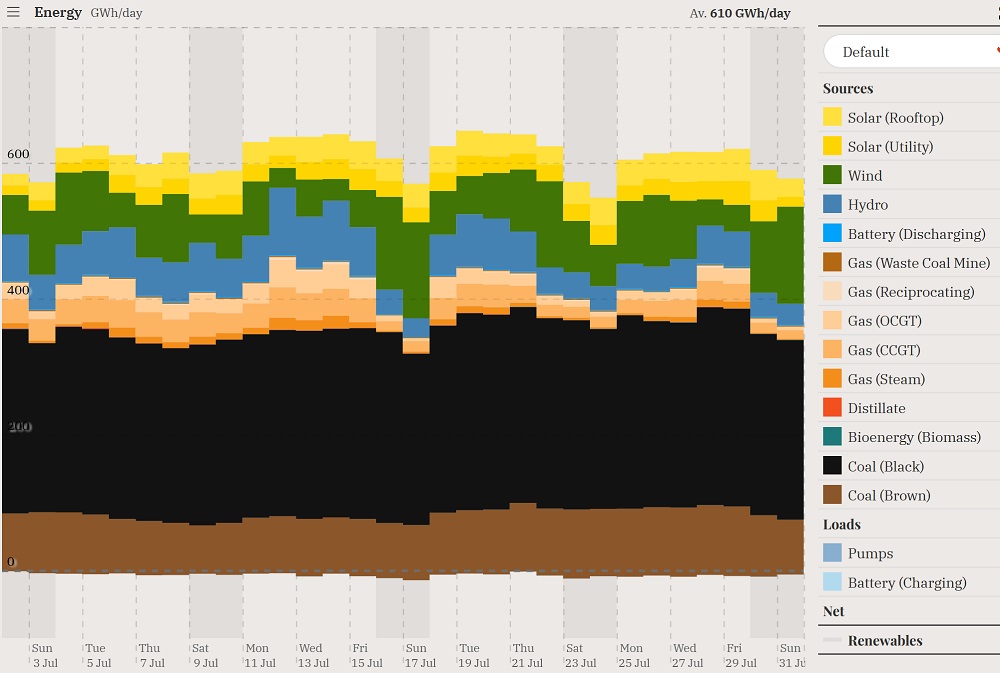

Over the past 30 days the average generated from wind and solar power was close to 23%. On Saturday it was 30%, while on Sunday and Monday it was 32%. There was only one day in July when the percentage was higher, and that was 34% on the 17th.
To show the relationship between renewable generation and wholesale prices, I’ve made a graph displaying two things:
- The percentage of electricity consumption generated from solar and wind5 in the NEM states over the past month, and…
- The average daily wholesale electricity price in cents per kilowatt-hour.
Here it is:
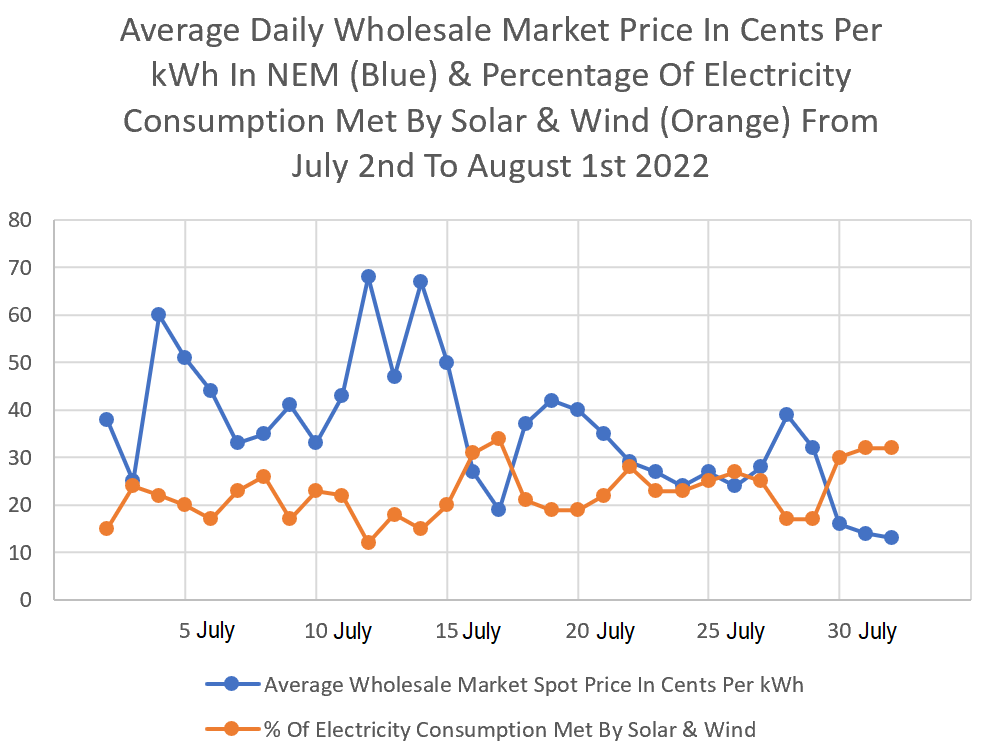

While not as clear as it could be, there is a definite relationship between higher renewable generation and lower wholesale electricity market prices.
To make the relationship clearer, here’s the same graph for just South Australia. Over the past year, this state has generated electricity from wind and solar power equal to 65% of its consumption:
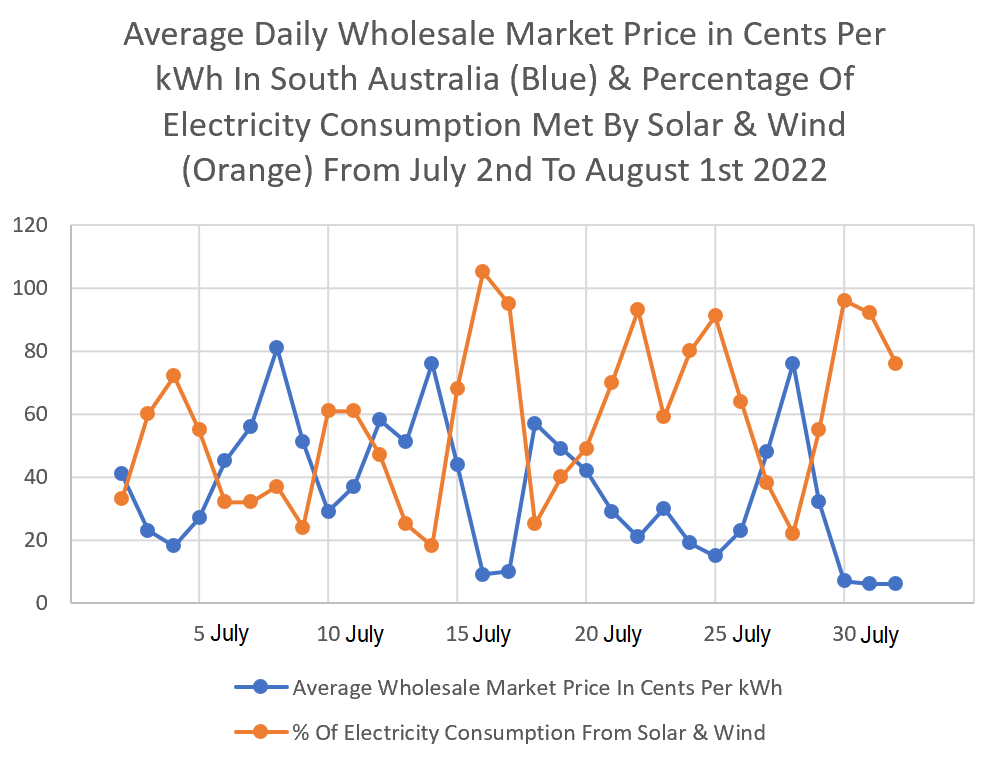
On the 17th of July, solar and wind power produced more electricity than the state consumed and the excess was exported to Victoria.
As you can see, there is a clear relationship between high wind and solar energy output and lower wholesale electricity market prices.
A Better Future With Renewables
While we can’t conclude much from just a few days of good news, with Europe now rationing gas and temperatures and solar power output slowly rising in Australia as we head into the final month of winter, there is reason for cautious optimism that wholesale electricity market prices will continue to trend downwards.
Unfortunately, in the short term, it will only take one cold snap to send them sky high again, but we can expect the overall direction to be downwards. How rapidly things will improve over the next few months is something no one knows for sure.
In the longer term, as Australia expands its solar and wind power capacity, we will see lower wholesale electricity prices. As battery storage expands, we’ll also see lower prices during the evening peak.
I just hope we’ll get lower wholesale electricity prices soon, otherwise we will see significantly higher electricity prices next year.
Footnotes
- The figures I’ve used for average NEM wholesale market prices are weighted averages. They’re approximate, so won’t be spot on, but do allow comparisons between periods. ↩
- God and her goddamned butterflies. ↩
- I approve of a requirement to wear masks for public health reasons because we sometimes need a push to do what’s sensible, but I don’t approve of massive fines to enforce it. They should be reminders to wear a mask, not budget-busting stress bombs. ↩
- Victoria has one price for the entire state because it is so tiny – it’s not even as large as New Zealand. ↩
- I haven’t included hydropower in this graph. It is renewable, but because it can be started and stopped at will and water in dams acts like fuel in a tank, its effect on electricity markets is very different. ↩
Original Source: https://www.solarquotes.com.au/blog/electricity-crisis-easing/




